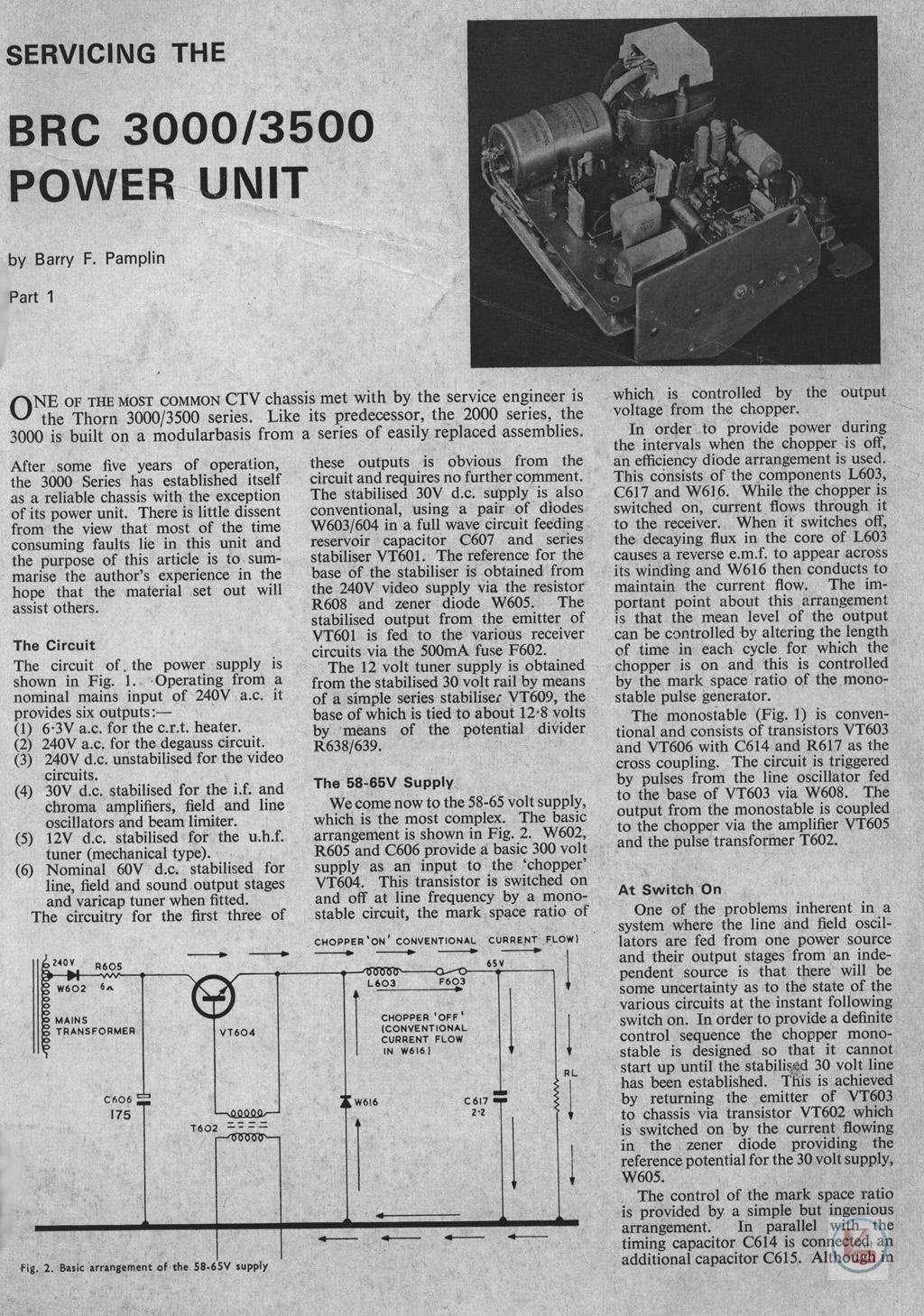It is possible to make something that just about can't be repaired. It is a good idea for an engineer to go to the repair area and see what they think of the new product. I learned, by going to production and asking how I could make their life better.
They were fairly easily repairable, and reliable anyway, it was just that it looked complicated, because two major parts of the set were integrated in a single module. As in most trades, engineers tend not to like anything new - because I was mainly a bench engineer, I got all the sets that were brought back for repair, so I was well experienced with them.
I even repaired various ones in customers houses, locating and replacing faulty rectifiers etc.
In one 'famous' case I had a massive row with a vicar

We had a service call from the vicarage a couple of villages away, Thursday morning (we only worked half day Thursday), and the vicar said his son would be in. So I went along, knocked on the door, couldn't get any reply - but did notice a moped parked outside?.
Anyway, about 12:50 the vicar rang up (we closed at 13:00) playing absolute hell that nobody had been, so he was passed through to me - and I pointed out I'd been, but couldn't get any reply. Anyway, the vicar was going crazy at me, demanding someone went out immediately - so I pointed out that there was a moped parked outside, to which he replied his son didn't have a moped. So I suggested it was probably his sons girlfriend's moped, and they were two busy sh*gging to bother answering the door

Next day I went along again, while the vicar was there, and repaired the set by replacing one of the afore mentioned rectifiers - the vicar was a nice as pie, gave me coffee, gave me biscuits - and I managed to avoid asking if his son had enjoyed the previous morning?



